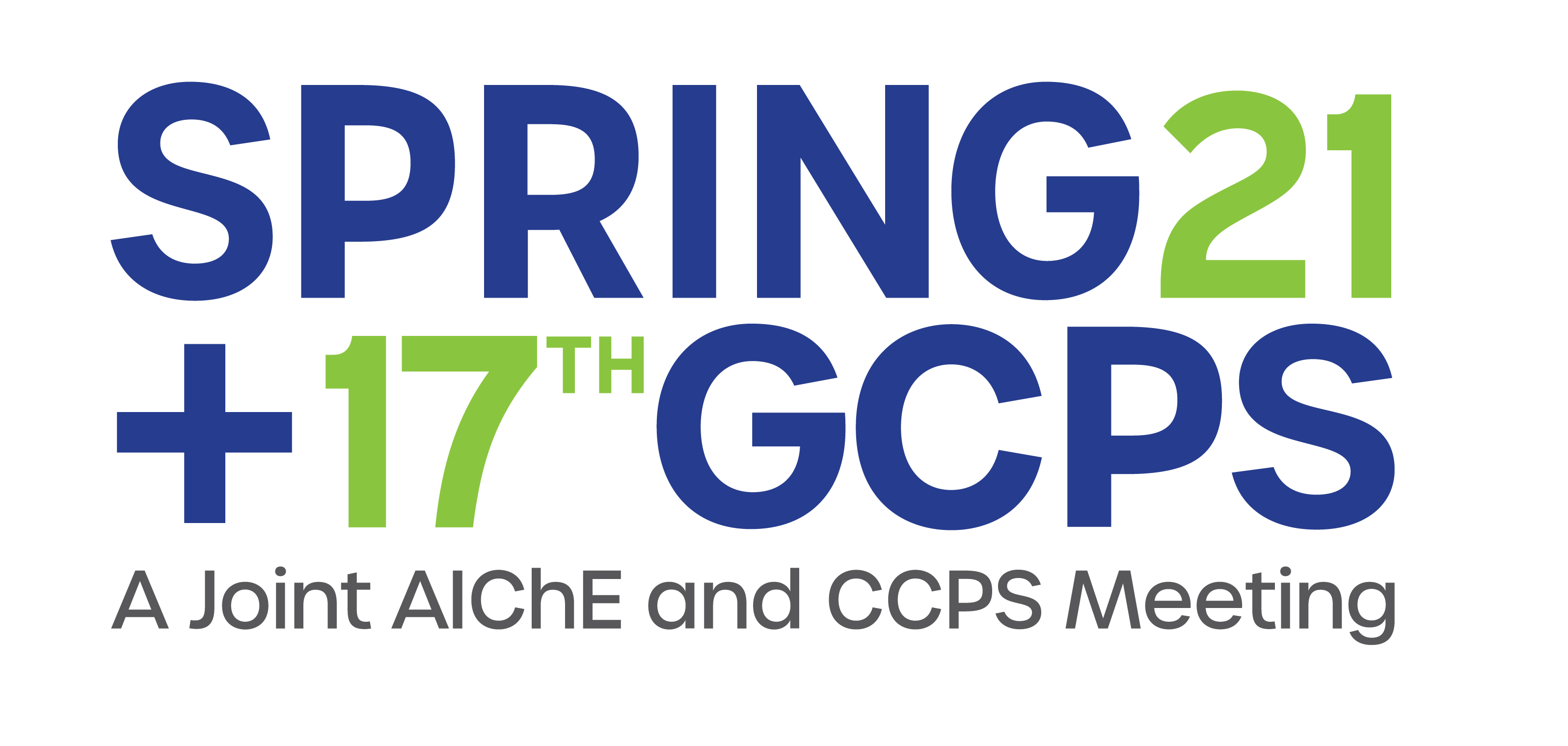

In this study, we develop an AI-based system for chemical identification from actively collected exposure symptoms, for real-time response to hazardous material incidents. In order to analyze the symptoms of chemical exposure accidents or contact with substances, information related to chemical substances (symptoms, toxicity, structural information, etc.) is collected and extracted from WISER, PubChem, MSDS, etc. to systemize the related information. The knowledge base of 1,000 core substances is built by designing ontology for symptom knowledge of accident-involving chemical substances. In case of WISER developed by NIH, chemical substances are estimated by simply matching symptom words manually inputted, but the proposed system actively collects the symptoms and predicts the candidate chemical substances (with probabilities) through the knowledge base inference considering the exposure situation. The knowledge base inference uses a knowledge graph as knowledge base that is easy to search, and uses a reasoning method such as the dynamic RDFS++ reasoner, which is easy to infer dynamic data provided by AllegroGraph, and OWL2RL materializer, which is easy to infer static data. In the version 1 of SEARCH, the dynamic RDFS++ reasoner is mainly used to proceed with inference.
Using Machine Learning (k-NN, Decision Tree, SVM, etc.) and Deep Learning, it also predicts toxicity from chemical substance information (structure, etc.) or symptoms from toxicity [1,2] for building expanded symptom KB. The accuracy of the chemical symptoms estimated from the structure and toxicity of the chemical substance is derived from the model with good performance among the previously used models, developing a system with an accuracy of 80% or higher that can estimate 43 symptoms for 1,000 chemicals. Through the combination of two network models that predict toxicity from the structure of chemical substances or predict symptoms from toxicity, it is possible to provide symptom knowledge to be used for symptom detection even for new chemical substances.
SEARCH provides a wide range of information on hazardous substances, including substance identification support, physicochemical characteristics, human health information, and containment and suppression advice. The prototype system is serviced with AI speakers as the main interface and demonstrated at the Gyeonggido Disaster and Safety Headquarters, and plans to combine the established knowledge base and chemical substance-symptom estimation model. The voice recognition interface using AI speakers enables effectively acquire information by saving time and effort rather than directly inputting and matching information manually.
